Handling in the Production of Wire-Based Linked Micro Parts †
Abstract
:1. Introduction
2. Requirements for Adaptive Guides
3. Concepts of Adaptive Guides
4. Measurements and Results
4.1. Guiding Precision
4.2. Vibrations
4.3. Feed Force
5. Conclusions
Supplementary Materials
Acknowledgments
Author Contributions
Conflicts of Interest
References
- Vollertsen, F. Categories of size effects. Prod. Eng. Res. Dev. 2008, 2, 377–383. [Google Scholar] [CrossRef]
- Van Brussel, H.; Peirs, J.; Reynaerts, D.; Delchambre, A.; Reinhardt, G.; Roth, N.; Weck, M.; Zussman, E. Assembly of microsystems. CIRP Ann. Manuf. Technol. 2000, 49, 451–472. [Google Scholar] [CrossRef]
- Fantoni, G.; Santochi, M.; Dini, G.; Tracht, K.; Scholz-Reiter, B.; Fleischer, J.; Lien, T.K.; Seliger, G.; Reinhart, G.; Franke, J.; et al. Grasping devices and methods in automated production processes. CIRP Ann. Manuf. Technol. 2014, 63, 679–701. [Google Scholar] [CrossRef]
- Tichem, M.; Lang, D.; Karpuschewski, B. A classification scheme for quantitative analysis of micro-grip principles. Assem. Autom. 2004, 24, 88–93. [Google Scholar] [CrossRef]
- Fantoni, G.; Porta, M. A critical review of releasing strategies in micro parts handling. Int. Fed. Inf. Process. 2008, 260, 223–234. [Google Scholar]
- Okazaki, Y.; Mishima, N.; Ashida, K. Microfactory—Concept, history, and developments. J. Manuf. Sci. Eng. 2004, 126, 837–844. [Google Scholar] [CrossRef]
- Das, A.; Murthy, R.; Popa, D.; Stephanou, H. A multiscale assembly and packaging system for manufacturing of complex micro-nano devices. IEEE Trans. Autom. Sci. Eng. 2012, 9, 160–170. [Google Scholar] [CrossRef]
- Arentoft, M.; Eriksen, R.S.; Hansen, H.N.; Paldan, N.A. Towards the first generation micro bulk forming system. CIRP Ann. Manuf. Technol. 2011, 60, 335–338. [Google Scholar] [CrossRef]
- Mahshid, R.; Hansen, H.N.; Arentoft, M. Characterization of precision of a handling system in high performance transfer press for micro forming. CIRP Ann. Manuf. Technol. 2014, 63, 497–500. [Google Scholar] [CrossRef]
- Fleischer, J.; Herder, S.; Leberle, U. Automated supply of micro parts based on the micro slide conveying principle. CIRP Ann. Manuf. Technol. 2011, 60, 13–16. [Google Scholar] [CrossRef]
- Kuhfuss, B.; Moumi, E.; Tracht, K.; Weikert, F.; Vollertsen, F.; Stephen, A. Process chains in microforming technology using scaling effects. In Proceedings of the ESAFORM 24, Belfast, UK, 27–29 April 2011; pp. 535–540. [Google Scholar]
- Fu, M.W.; Chan, W.L. A review on the state-of-the-art microforming technologies. Int. J. Adv. Manuf. Technol. 2013, 67, 2411–2437. [Google Scholar] [CrossRef]
- Razali, A.; Qin, Y. A review on micro-manufacturing, micro-forming and their key issues. Proceedia Eng. 2013, 53, 665–672. [Google Scholar] [CrossRef]
- Ghassemali, E.; Tan, M.-J.; Jarfors, A.; Lim, S.C.V. Progressive microforming process: towards the mass production of micro-parts using sheet metal. Int. J. Adv. Manuf. Technol. 2012, 66, 611–621. [Google Scholar] [CrossRef]
- Merklein, M.; Stellin, T.; Engel, U. Experimental study of a full forward extrusion process from metal strip. Key Eng. Mater. 2012, 504, 587–592. [Google Scholar] [CrossRef]
- Bruenning, H. Thermal free form heading. In Micro Metal Forming; Vollertsen, F., Ed.; Springer: Berlin/Heidelberg, Germany, 2013; pp. 188–199. [Google Scholar]
- Kuhfuss, B.; Moumi, E.; Piwek, V. Micro rotary swaging: Process limitations and attempts to their extension. Microsyst. Technol. 2008, 14, 1995–2000. [Google Scholar] [CrossRef]
- Wilhelmi, P.; Moumi, E.; Schenck, C.; Kuhfuss, B. Werkstofffluss beim Mikrorundkneten im Linienverbund. In Proceedings of the 5. Kolloquium Mikroproduktion, Aachen, Germany, 16–17 November 2015. [Google Scholar]
- Wilhelmi, P.; Schenck, C.; Kuhfuss, B. Linked micro parts referencing system. J. Mech. Eng. Autom. 2017, 7, 44–49. [Google Scholar]
- Hansen, H.N.; Carneiro, K.; Haitjema, H.; De Chiffre, L. Dimensional micro and nano metrology. CIRP Ann. Manuf. Technol. 2006, 55, 721–743. [Google Scholar] [CrossRef]
- Wilhelmi, P.; Schenck, C.; Kuhfuss, B. Diameter adaptive guides for wire-based linked micro parts. In Proceedings of the 4M/IWMF 2016 Conference, Kongens Lyngby, Denmark, 13–15 September 2016. [Google Scholar]
- Isomura, K.; Tanaka, S.; Togo, S.; Esashi, M. Development of high-speed micro-gas bearings for three-dimensional micro-turbo machines. J. Micromech. Microeng. 2005, 15, 222–227. [Google Scholar] [CrossRef]
- Zhang, Q.; Shan, X. Dynamic characteristics of micro air bearings for microsystems. Microsyst. Technol. 2008, 14, 229–234. [Google Scholar] [CrossRef]
- Fernandez, V.; Reyne, G.; Cugat, O.; Gilles, P.; Delamare, J. Design and modelling of permanent magnet micro-bearings. IEEE Trans. Magn. 1998, 34, 3592–3595. [Google Scholar] [CrossRef]
- Coombs, T.; Samad, I.; Ruiz-Alonso, D.; Tadinada, K. Superconducting micro-bearings. IEEE Trans. Appl. Supercond. 2005, 15, 2312–2315. [Google Scholar] [CrossRef]
- Waits, C.; Geil, B.; Ghodssi, R. Encapsulated ball bearings for rotary micro machines. J. Micromech. Microeng. 2007, 17, 224–229. [Google Scholar] [CrossRef]
- Tian, Y.; Shirinzadeh, B.; Zhang, D. Design and dynamics of a 3-DOF flexure-based parallel mechanism for micro/nano manipulation. Microelectron. Eng. 2010, 87, 230–241. [Google Scholar] [CrossRef]
- Vekteris, V.J. Principles of design and classification of adaptive bearings. Tribol. Trans. 1993, 36, 225–230. [Google Scholar] [CrossRef]


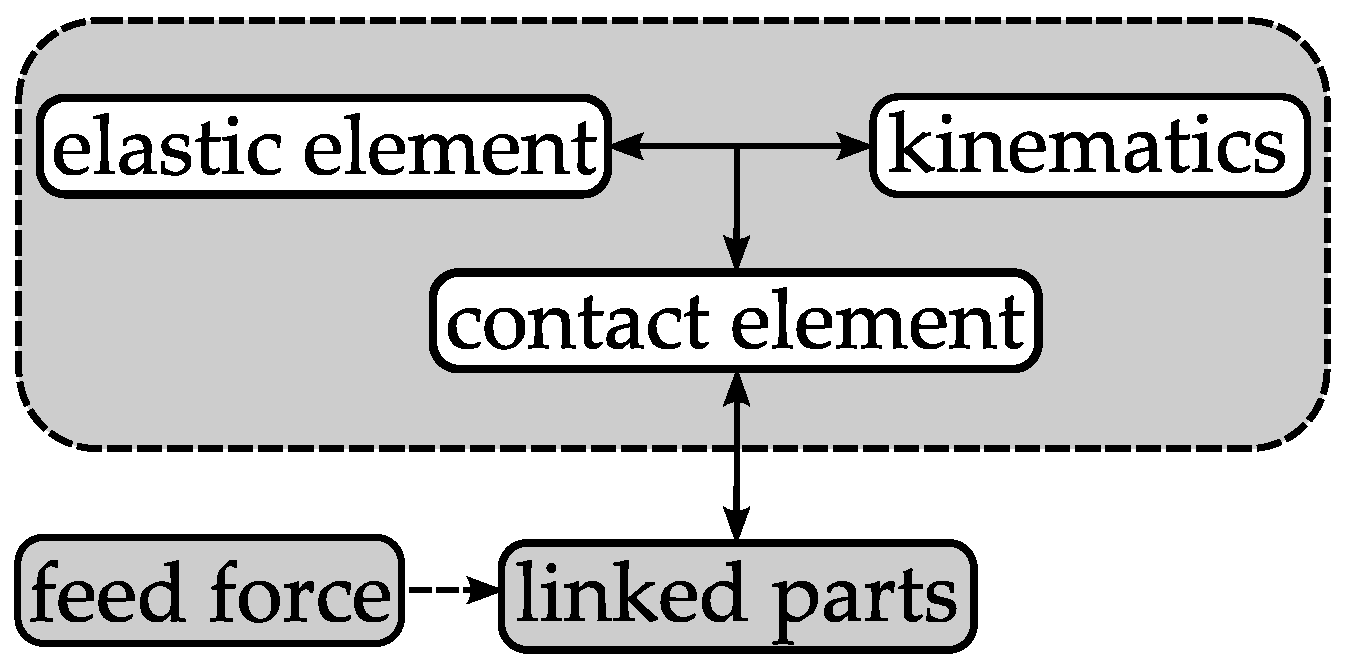


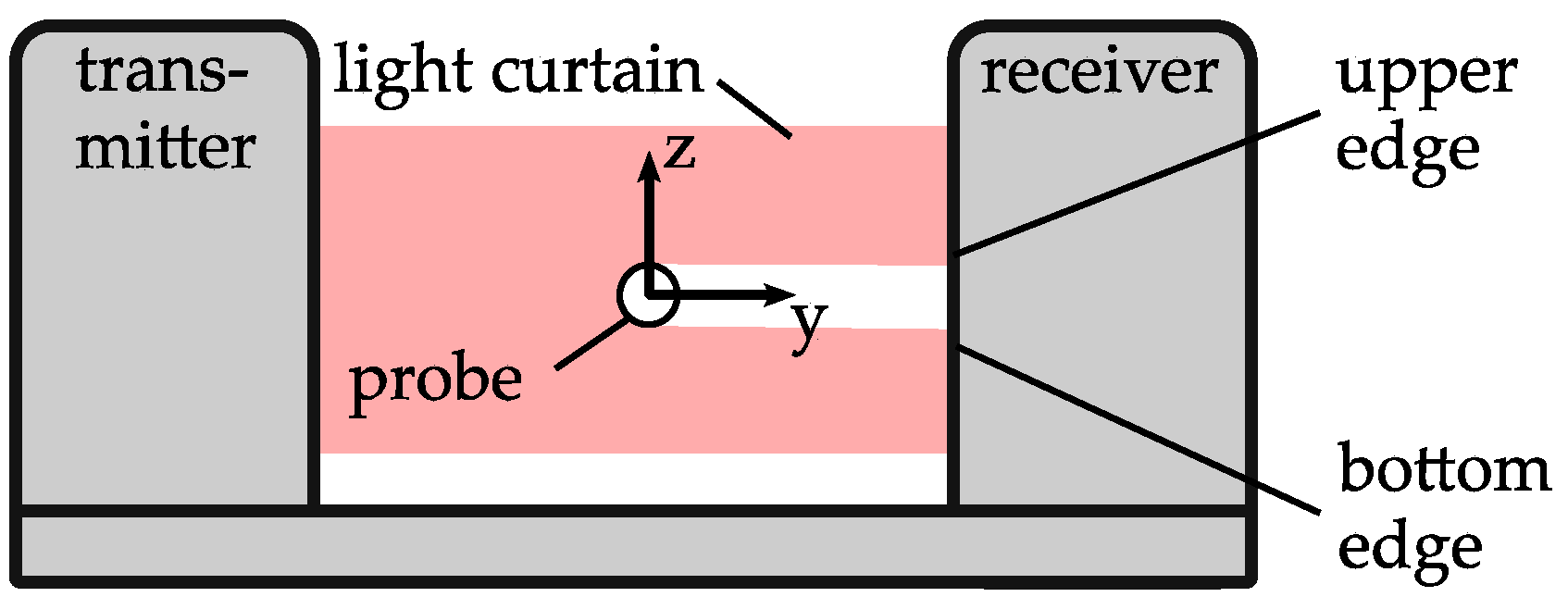
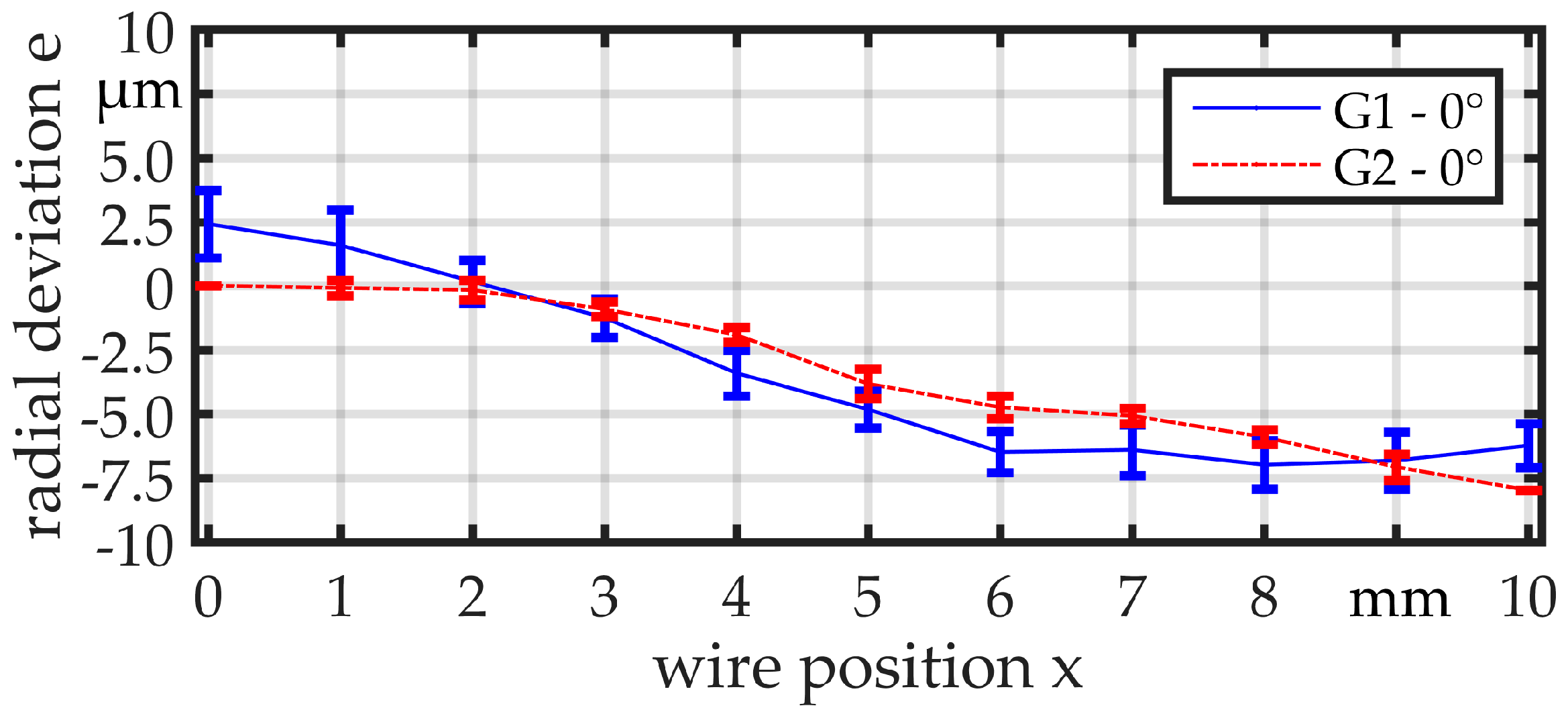
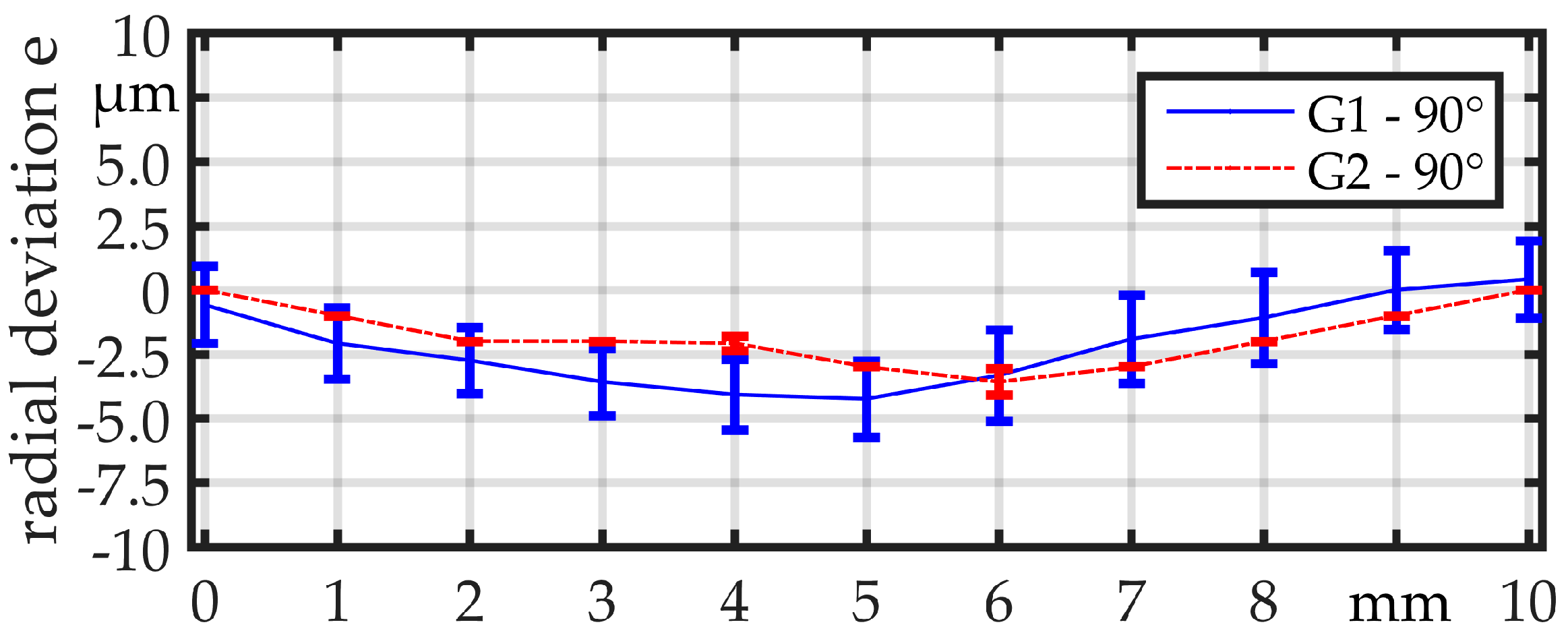
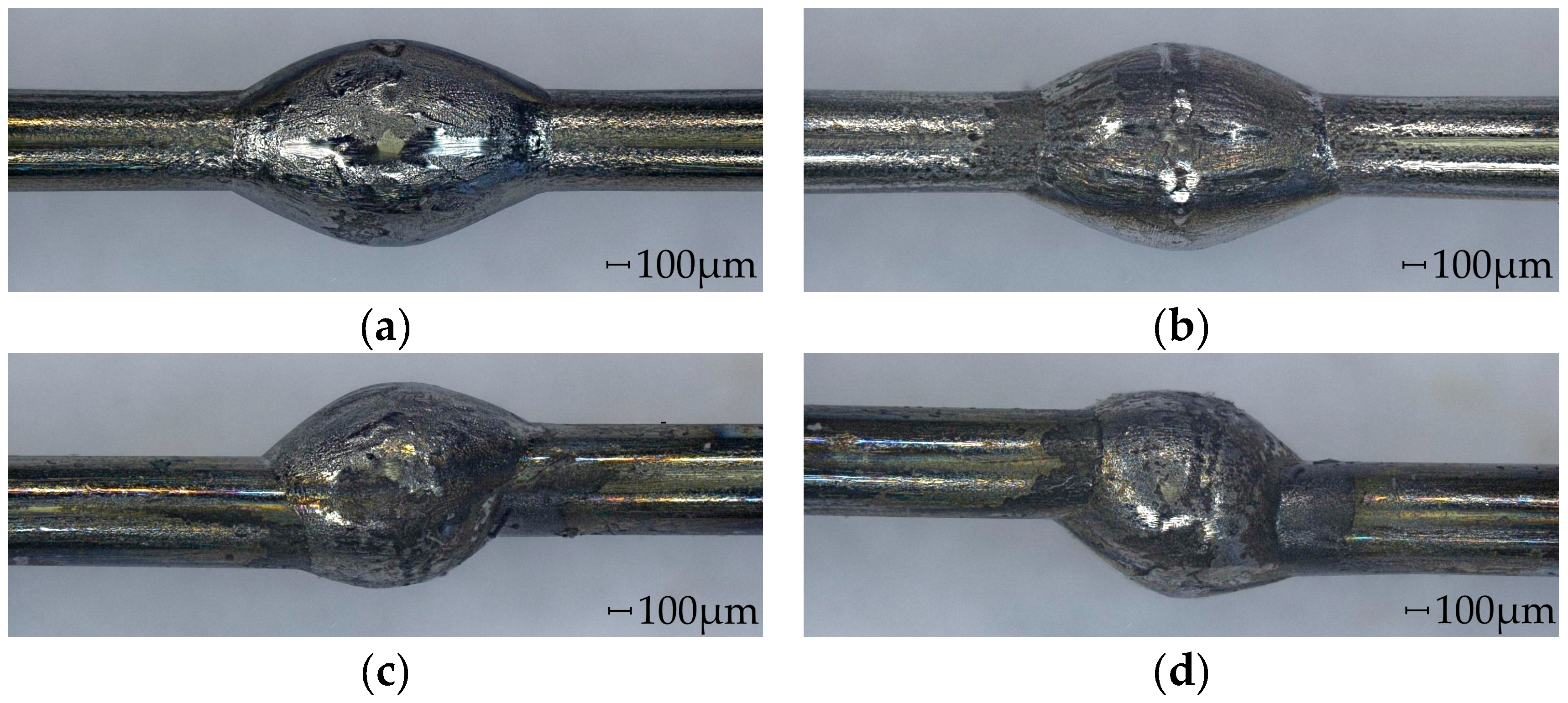
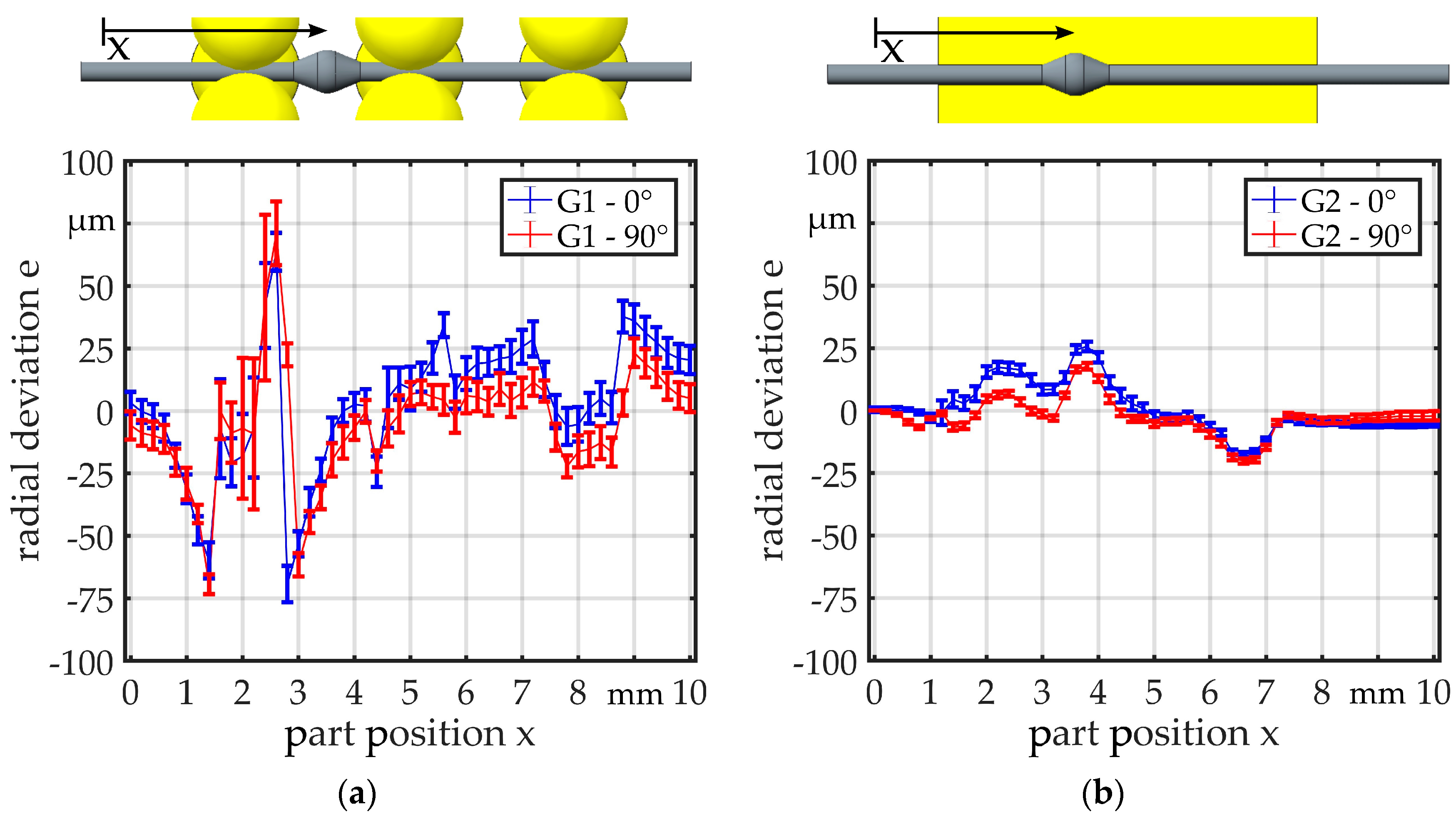
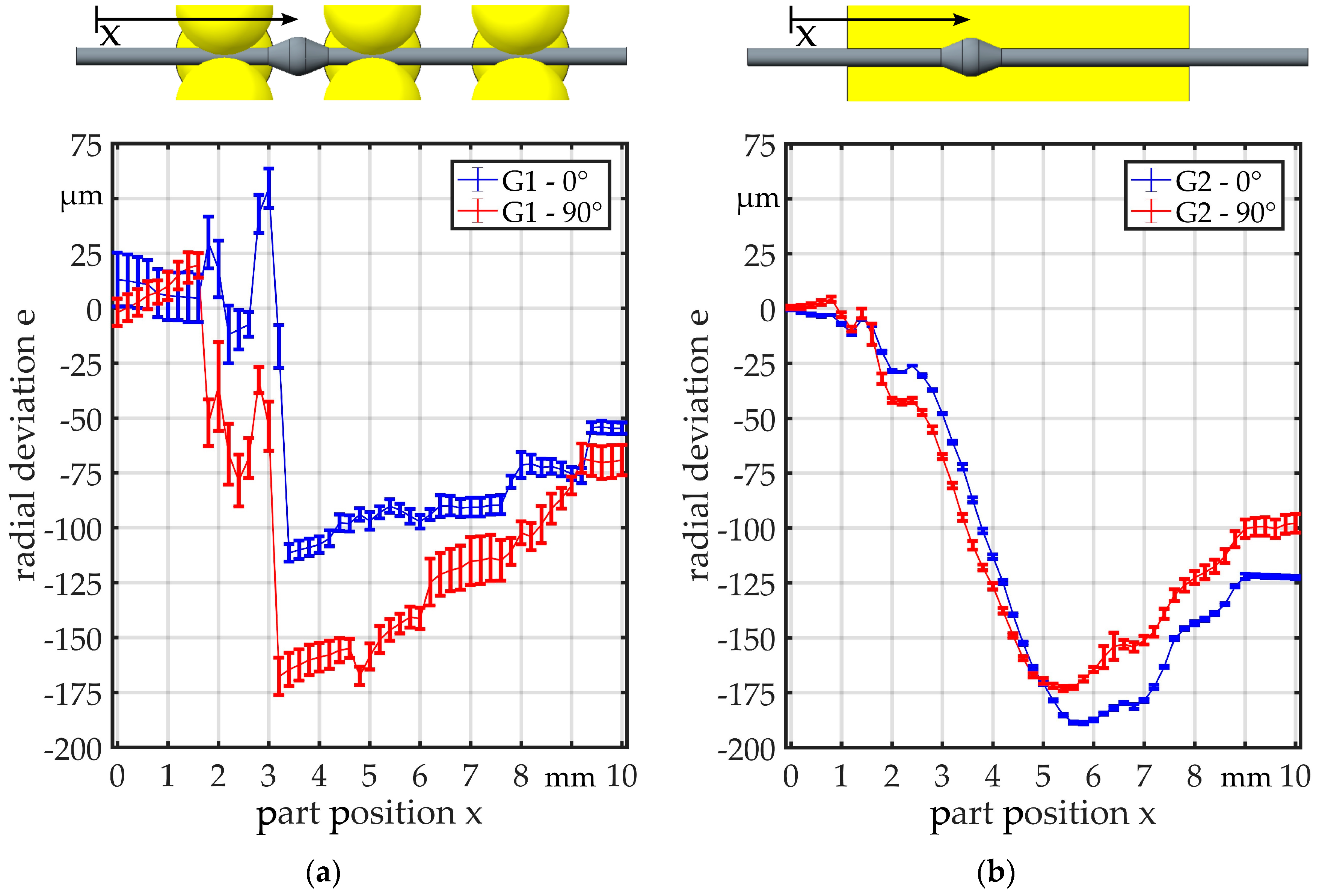


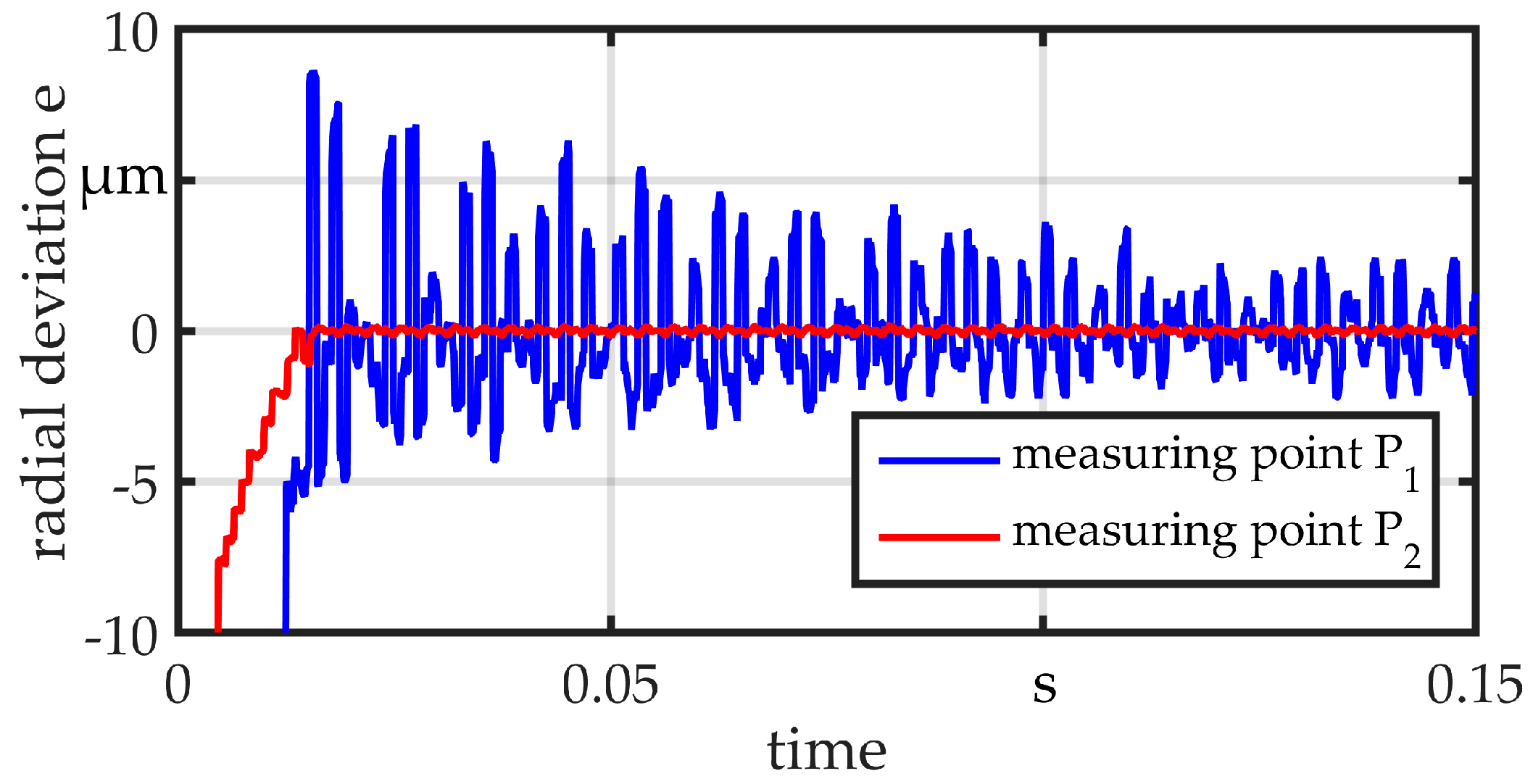
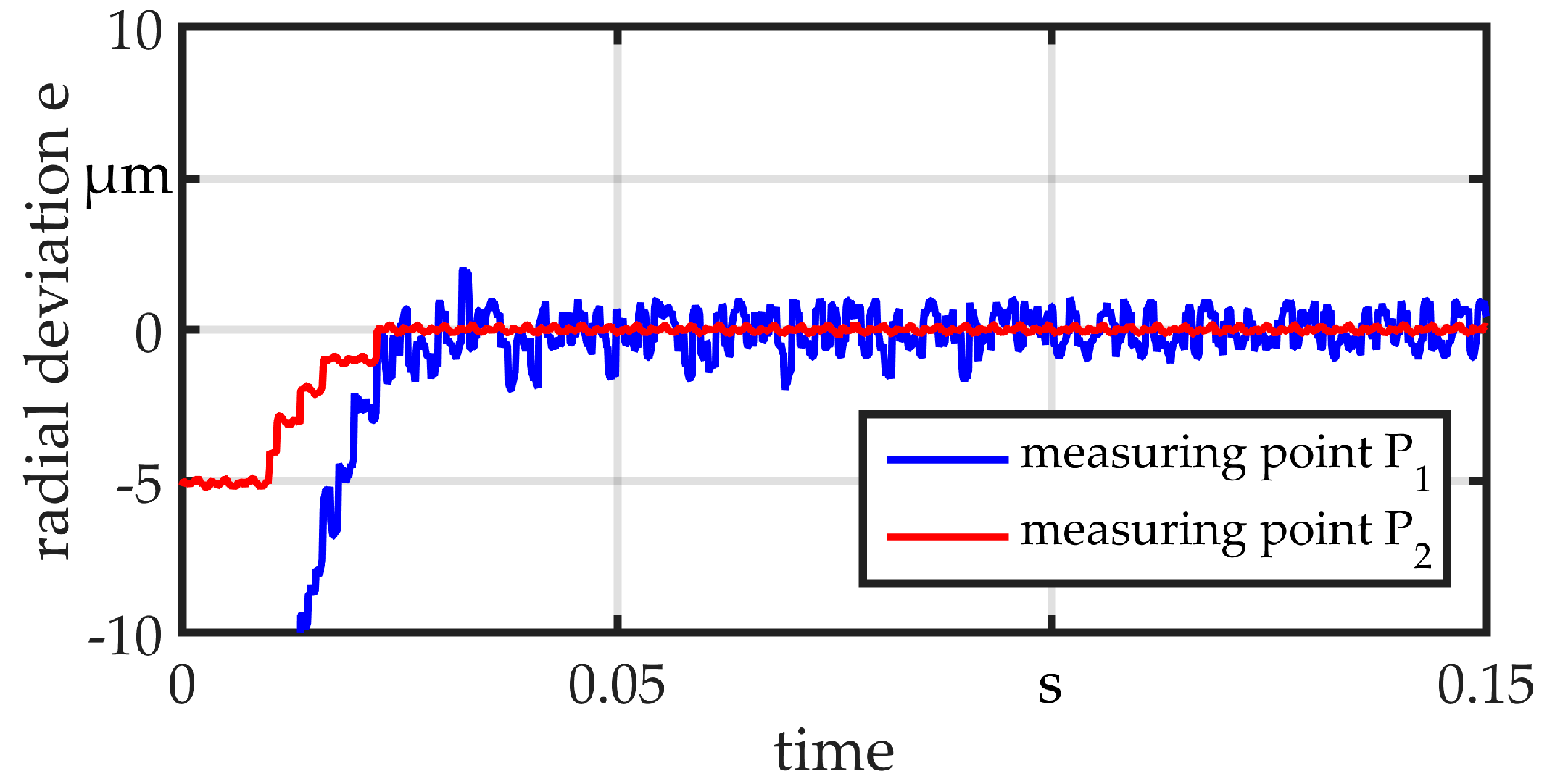

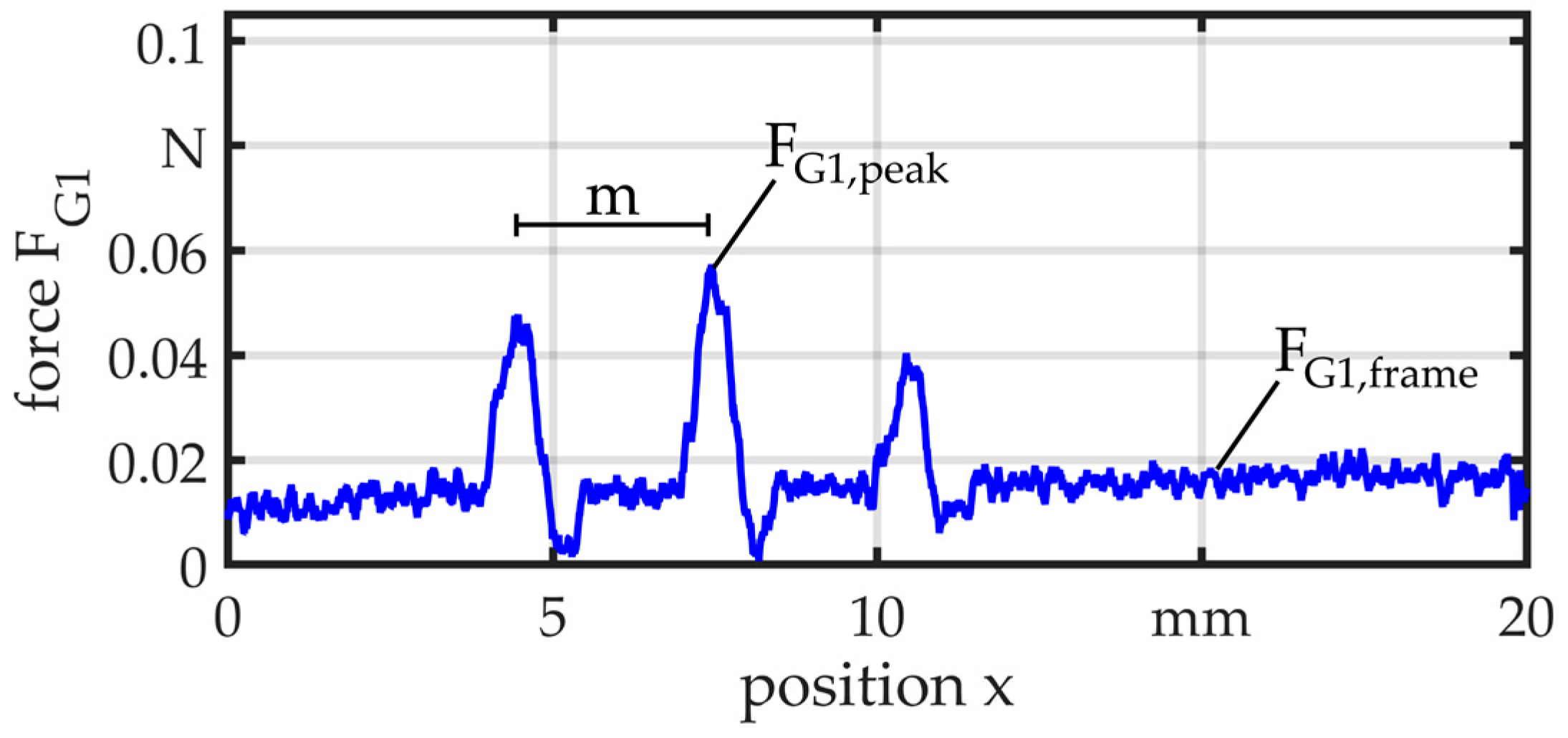
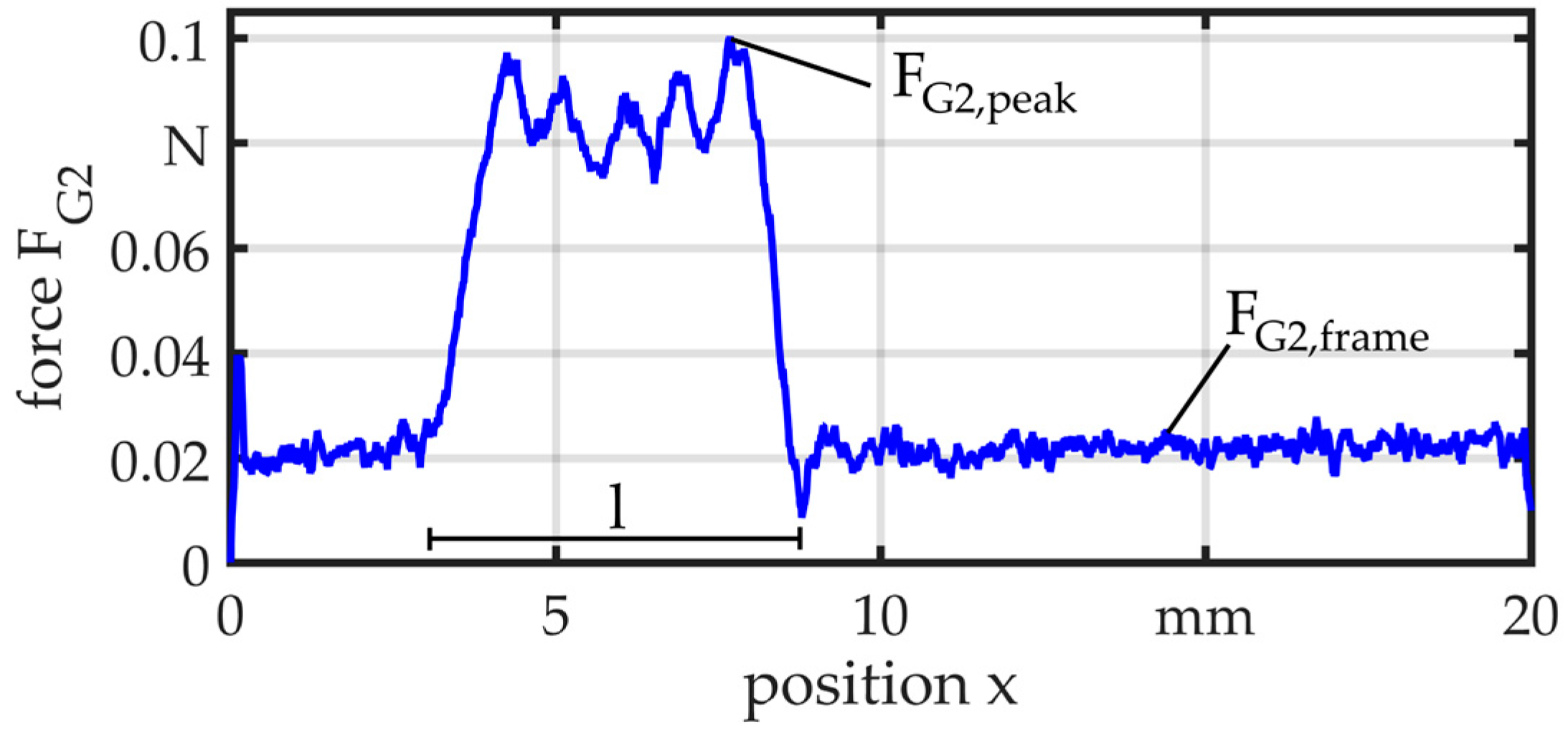
© 2017 by the authors. Licensee MDPI, Basel, Switzerland. This article is an open access article distributed under the terms and conditions of the Creative Commons Attribution (CC BY) license (http://creativecommons.org/licenses/by/4.0/).
Share and Cite
Wilhelmi, P.; Schenck, C.; Kuhfuss, B. Handling in the Production of Wire-Based Linked Micro Parts . Micromachines 2017, 8, 169. https://doi.org/10.3390/mi8060169
Wilhelmi P, Schenck C, Kuhfuss B. Handling in the Production of Wire-Based Linked Micro Parts . Micromachines. 2017; 8(6):169. https://doi.org/10.3390/mi8060169
Chicago/Turabian StyleWilhelmi, Philipp, Christian Schenck, and Bernd Kuhfuss. 2017. "Handling in the Production of Wire-Based Linked Micro Parts " Micromachines 8, no. 6: 169. https://doi.org/10.3390/mi8060169






